If you’ve got a light-colored Doodle, chances are that you’ve noticed brownish or red stains in its fur. In this article, we’re going to discuss why paw licking can cause your dog’s paws to turn brown and what you can do about it.
Table of Contents
- Why Are Your Dog’s Paws Turning Brown?
- Common Reasons Why Your Dog May Be Excessively Licking Its Paws
- How To Stop Excessive Paw Licking
- Why Your Dog’s Paws Are Turning Brown: Frequently Asked Questions
- Why Are Your Dog’s Paws Turning Brown: Final Thoughts
Why Are Your Dog’s Paws Turning Brown?
Brownish and reddish discoloration in light-colored dogs is very common. This issue is especially prevalent in dogs with white coats. Most commonly, dogs with light-colored coats have discoloration around the mouth and eyes.
However, you may also notice reddish or brown discoloration on your pup’s paws. Although seemingly harmless, the discoloration may indicate that there’s an underlying health issue that should be dealt with.
Cats are well-known for their almost obsessive habit of cleaning themselves by licking all over the body, including the paws. For dogs, however, it’s not a common behavior, as dogs tend to only lick themselves when they’re really dirty. So, if your dog’s paws are turning brown, it’s very likely because of excessive paw licking.
What Is Porphyrin In Dogs?
All dogs excrete a compound called porphyrin. Porphyrins are iron-containing molecules that the body produces when breaking down red blood cells. Dogs usually excrete the biggest amount of porphyrin through tears, saliva, and urine.
Once porphyrins are left on light-colored fur, it starts to oxidize. As a result, the fur will start turning red. In fact, sunlight also darkens porphyrins, which causes the stains to become even darker and more noticeable if left uncleaned.
Common Reasons Why Your Dog May Be Excessively Licking Its Paws
So, why do dogs lick themselves excessively? Here are some of the most common causes you might want to consider.
Allergies
One of the leading causes of excessive paw licking and the subsequent discoloration is allergies. Most commonly, dogs suffer from food and environmental allergies. If your pup is excessively licking its paws during certain seasons, it’s most likely due to environmental allergens like pollen.
However, it’s also very common for dogs to suffer from food allergies. Generally, ingredients high in protein are the main culprits of food allergies. These include chicken, beef, but even wheat. In case of a food allergy, an elimination diet might be necessary. Some dog owners swear by grain-free diets, for example. Nonetheless, if you do suspect a food allergy, always consult with your veterinarian about the most suitable course of action.
In addition to that, your pup may also get better if you switch their main protein source for another. Fortunately, many dog food brands have dry kibbles and wet formulas with different sources of protein, so you’ll have plenty of options to choose from.
Doodles are especially prone to allergies and food intolerances, which is something worth keeping in mind. For more information on allergies in dogs, be sure to check out this in-depth guide we published recently.
Yeast & Bacterial Infections
Another common cause for excessive paw licking in dogs are yeast infections. Yeast infections usually manifest as darker brown discoloration, whereas porphyrins usually leave behind a more reddish-hue.
In fact, it’s very common for dogs to develop yeast infections due to excessive licking in the first place. If the porphyrin-stained fur hasn’t been properly cleaned and the excessive licking is a continuous problem, it can very well pave the way for yeast infections. Luckily, yeast infections are usually easily treatable with proper grooming and hygiene. Your vet may also prescribe a mild medication to treat the yeast infection.
Moreover, some dogs may simply be producing too much porphyrin. Excessive porphyrin production is thought to be caused by certain bacterial infections. It’s been found that certain antibiotics can reduce porphyrin production, however, antibiotics might not be effective against yeast infections.
Injury
If you notice that your dog is excessively licking and chewing on one particular paw, it might indicate that there’s an injury that they’re trying to soothe by licking it. Although dogs’ paws are very durable and used to walking on all sorts of surfaces, such as pavement and grass, they’re still at risk of getting injured when out and about (or even inside the house). Even ingrown nails can cause pain, injury, and infections in dogs. In addition to excessive licking of a paw, you may also notice that your dog is limping or whining.
If you suspect that your pup has injured its paw, make sure to look for any signs of injury. Are there any cuts or scrapes? Do you notice any puncture wounds? Are there any foreign objects or pokies stuck between the paw pads? Maybe they’ve accidentally burned their paw on hot pavement? Is the paw swollen or inflamed? If you notice anything out of the ordinary, be sure to take your pup to the vet as soon as possible.
Arthritis
Just as dogs tend to soothe an injured or itchy paw by excessively licking it, it’s also common for dogs to soothe a sore joint that’s affected by arthritis. Arthritis is more common in elderly dogs. And even though it’s a wide-spread health condition, it does cause significant pain and discomfort.
In case of arthritis, you may also notice that your dog appears stiff or limp, especially when they’re trying to get up or lie down. Don’t ignore the signs of arthritis and attribute it to your dog’s old age. They’re still a living being and probably in severe pain when trying to get up and move.
There are plenty of dog food formulas on the market that contain supplements like glucosamine and chondroitin that help reduce inflammation in the joints. Your vet will likely also be able to recommend certain supplements and dog food formulas to help ease the symptoms of arthritis in dogs.
Parasites
Parasites like ticks, fleas, and even hookworms can all cause severe itching. For dogs, a very common reaction would be to start excessively licking and chewing the spots that are affected by the parasite infection, which oftentimes includes excessive paw licking.
For this reason, regularly deworming your dog is vital, as it helps prevent and treat common parasite infections. It’s usually recommended to deworm adult dogs every three months, so four times a year. Puppies should be dewormed even more often than that. Additionally, you might want to look into flea and tick control shampoos and treatments that work wonders on outdoorsy pups.
Stress, Anxiety, & Boredom
Lastly, excessive paw licking may also be due to certain behavioral issues and mental health problems, such as stress, anxiety, and boredom. For example, Doodles are especially prone to separation anxiety, which may lead them to obsessively licking and chewing their paws. This in turn is very likely going to cause discoloration on the paws in light-colored dogs.
In addition to that, dogs may become increasingly upset in stressful situations, even when they hear fireworks during New Year’s or 4th of July celebrations. Paw licking is often a way for them to soothe themselves in stressful and scary situations. Paying attention to when your dog starts licking its paws will give you a great hint about what’s stressing them out. This is also common in dogs that come from shelters or otherwise bad environments, where they haven’t received proper care or nurturing.
However, sometimes excessive paw licking is due to boredom or even OCD. In case of boredom, there’s a very simple solution – simply play and exercise with your pup more often. In fact, boredom can also lead to other undesirable behaviors, such as becoming destructive.
OCD, on the other hand, is a bit trickier to tackle. This usually starts out as excessive paw licking due to an allergy, injury, or other medical concern that’s lasted for a longer period of time.
How To Stop Excessive Paw Licking
First and foremost, if your pup is licking its paws often, it’s time to schedule a vet appointment. Regardless if your dog’s paw licking is caused by allergies, injury, infections, or behavioral problems, your vet will be able to thoroughly examine your pup and get to the root of the issue. You might also want to use protective balms and ointments before your pup hits the pavement in cold weather or in summer heat.
Fortunately, it’s very likely that the excessive paw licking will stop once your vet has prescribed a correct form of treatment. In case of behavioral problems, the solution may be slightly harder to achieve, especially if you’ve got an anxious pup. Nevertheless, even behavioral issues can be fixed, as long as you stay consistent and focused on the end goal.
Why Your Dog’s Paws Are Turning Brown: Frequently Asked Questions
Why Are My White Dogs’ Paws Turning Brown?
If your white dog’s paws are turning brown, it’s most likely due to excessive paw licking. The most common causes of excessive paw licking in dogs include food and environmental allergies, injuries, yeast and bacterial infections, parasites, and arthritis. Additionally, some pups may also be excessively licking their paws due to behavioral problems, such as stress, anxiety, and boredom.
How Do I Remove Brown Stains From My Dogs’ Paws?
Obviously, regular grooming and a proper hygiene routine will go a long way when dealing with discoloration on your dog’s paws. In addition to that, make sure you consult with your veterinarian about the possible cause of the excessive licking and discoloration. Your vet will be the best person to figure out the cause and then prescribe the best solution for the problem.
Other than that, you may also want to look into whitening and brightening dog shampoos that will help get rid of any discoloration from porphyrins. Furthermore, you may find beard and tear stain removers also helpful when dealing with brown and red paw stains.
Why Are Your Dog’s Paws Turning Brown: Final Thoughts
Excessive paw licking is the leading cause of discoloration on dogs’ paws. This is especially common in pups with cream and white coats. Whether the paw licking is caused by a medical concern or a behavioral problem, your vet will be able to figure out what’s causing your pup to lick its paws excessively, and find the most suitable solution for the problem. Hopefully this article has managed to shed some light on this common issue, so you can keep your Dood healthy, happy, and looking fabulous.
The information on this page is for informational purposes only. It is not intended to be a substitute for qualified professional veterinary advice, diagnosis, or treatment. Always seek the advice of your veterinarian or other qualified animal health provider with any questions you may have.

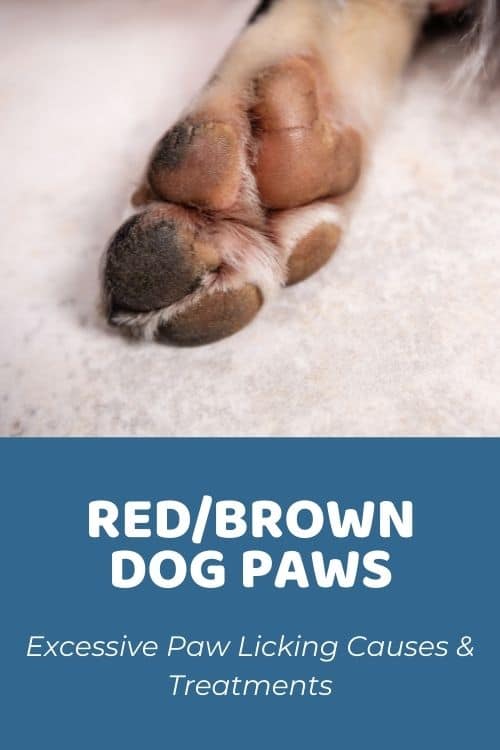
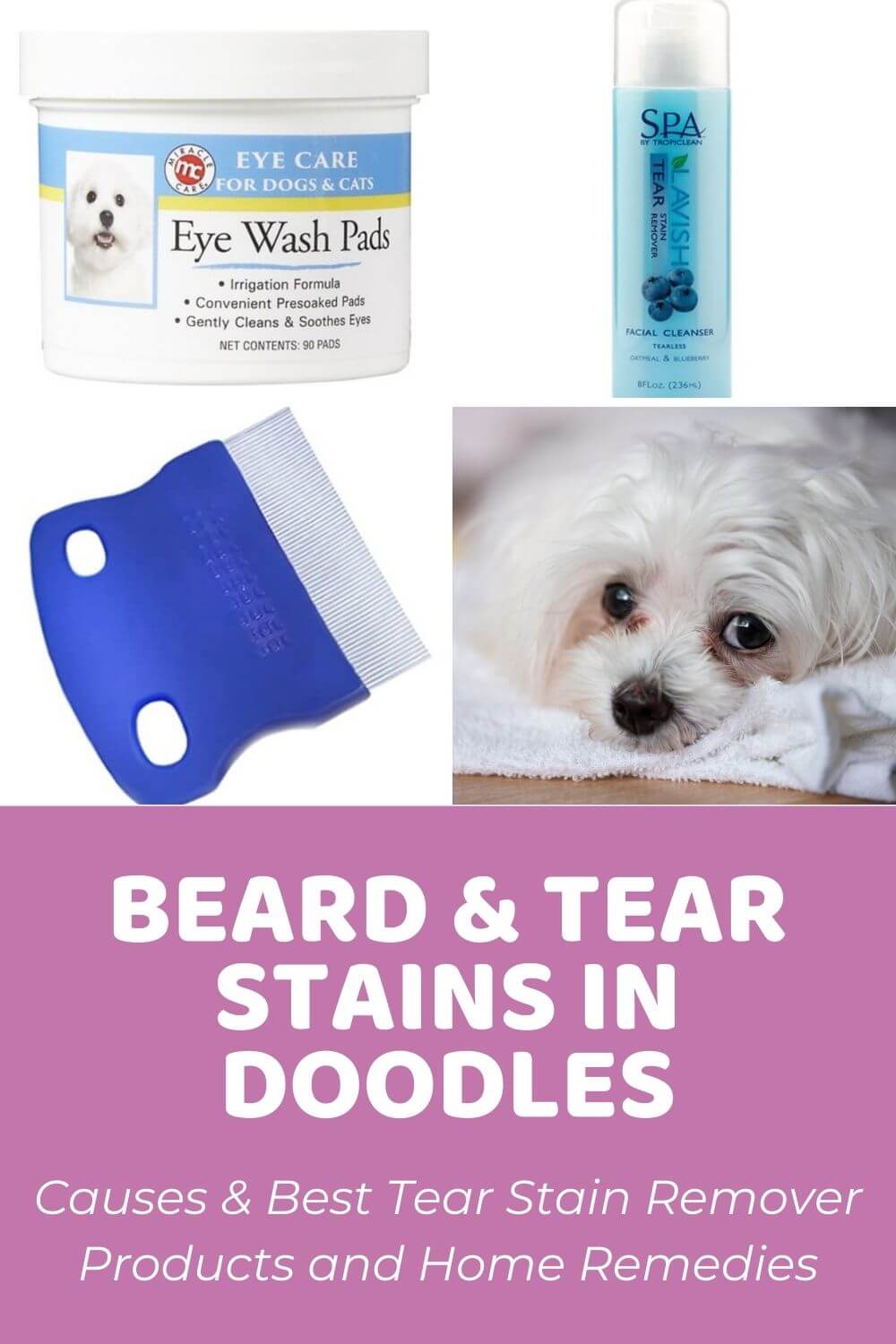
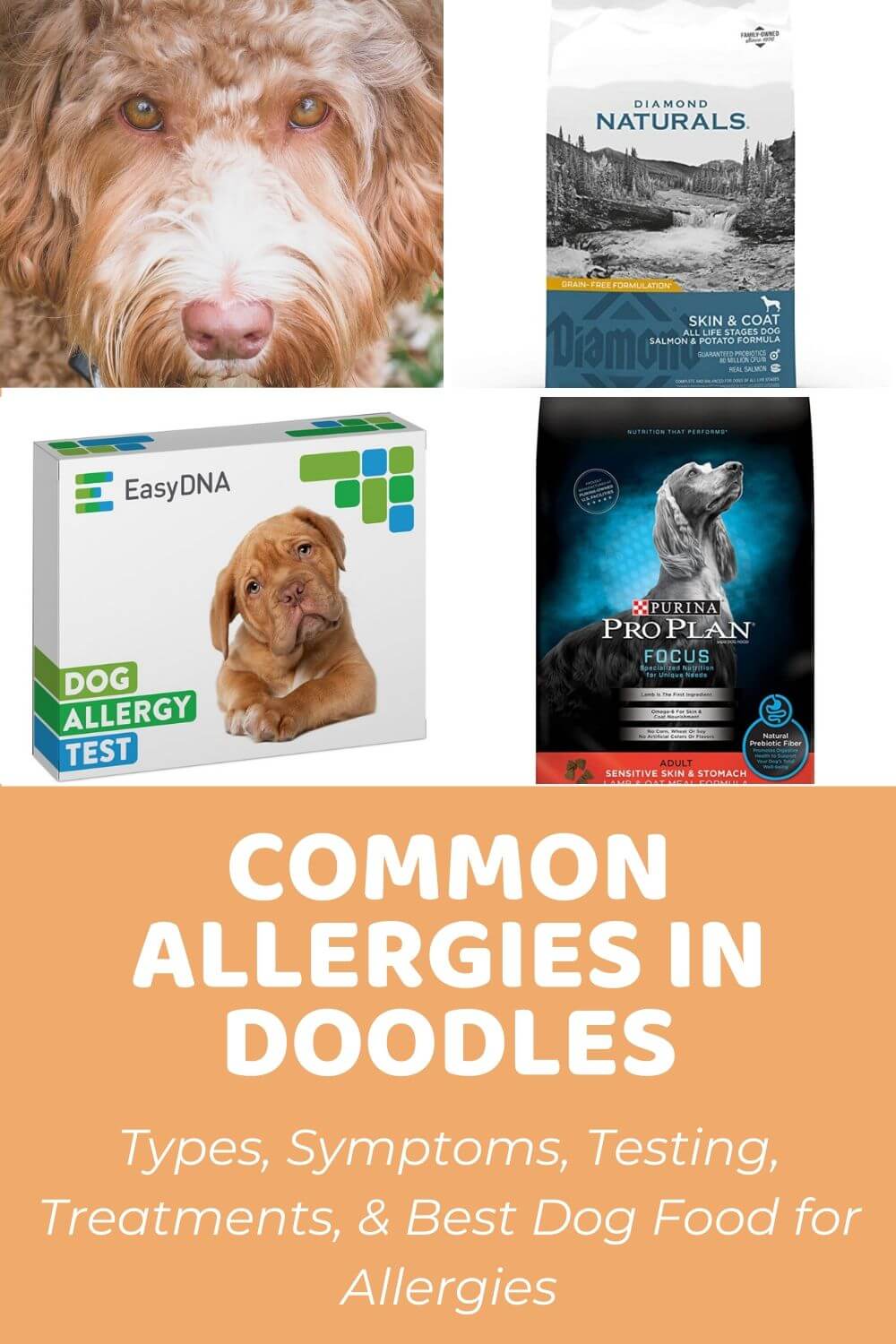
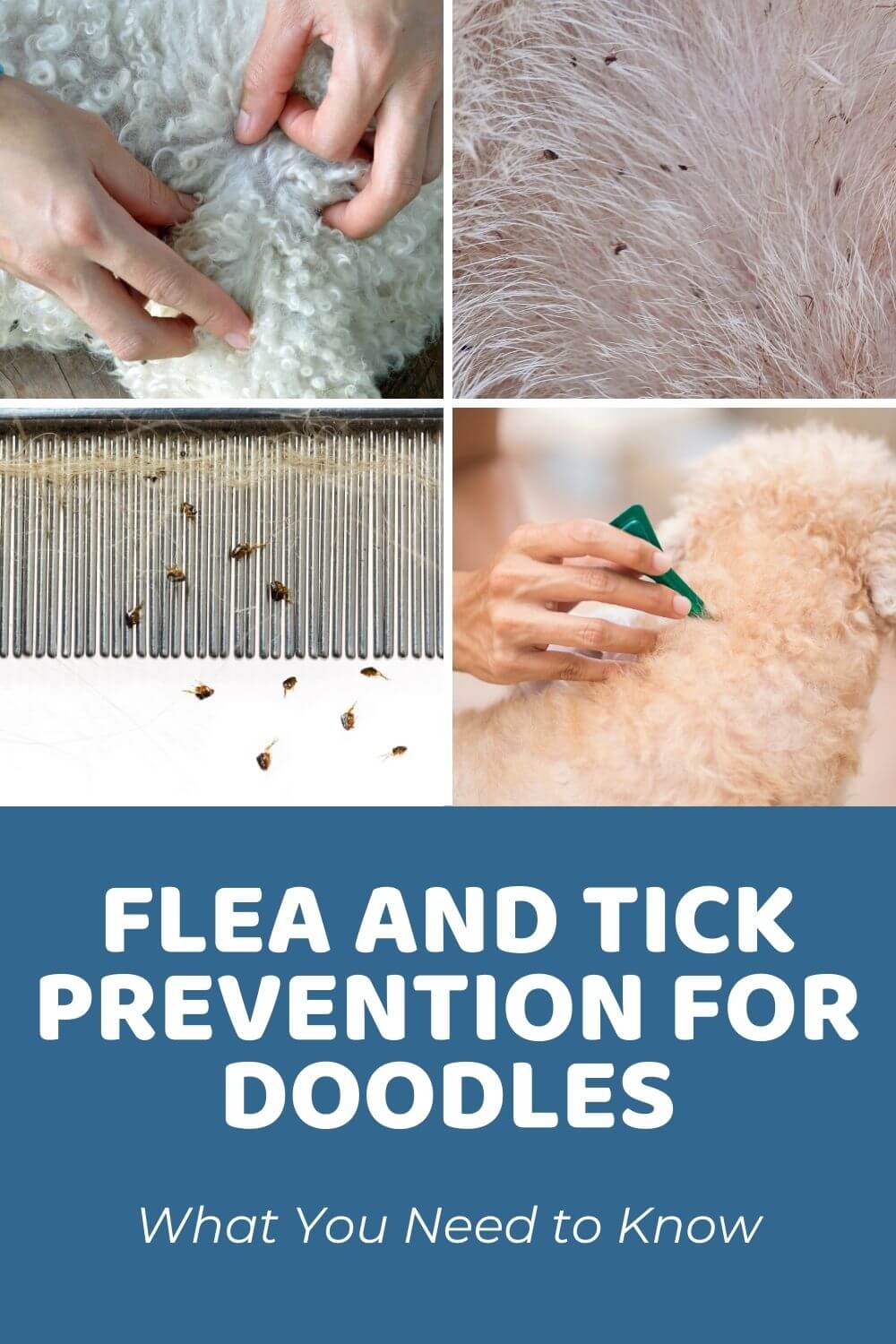
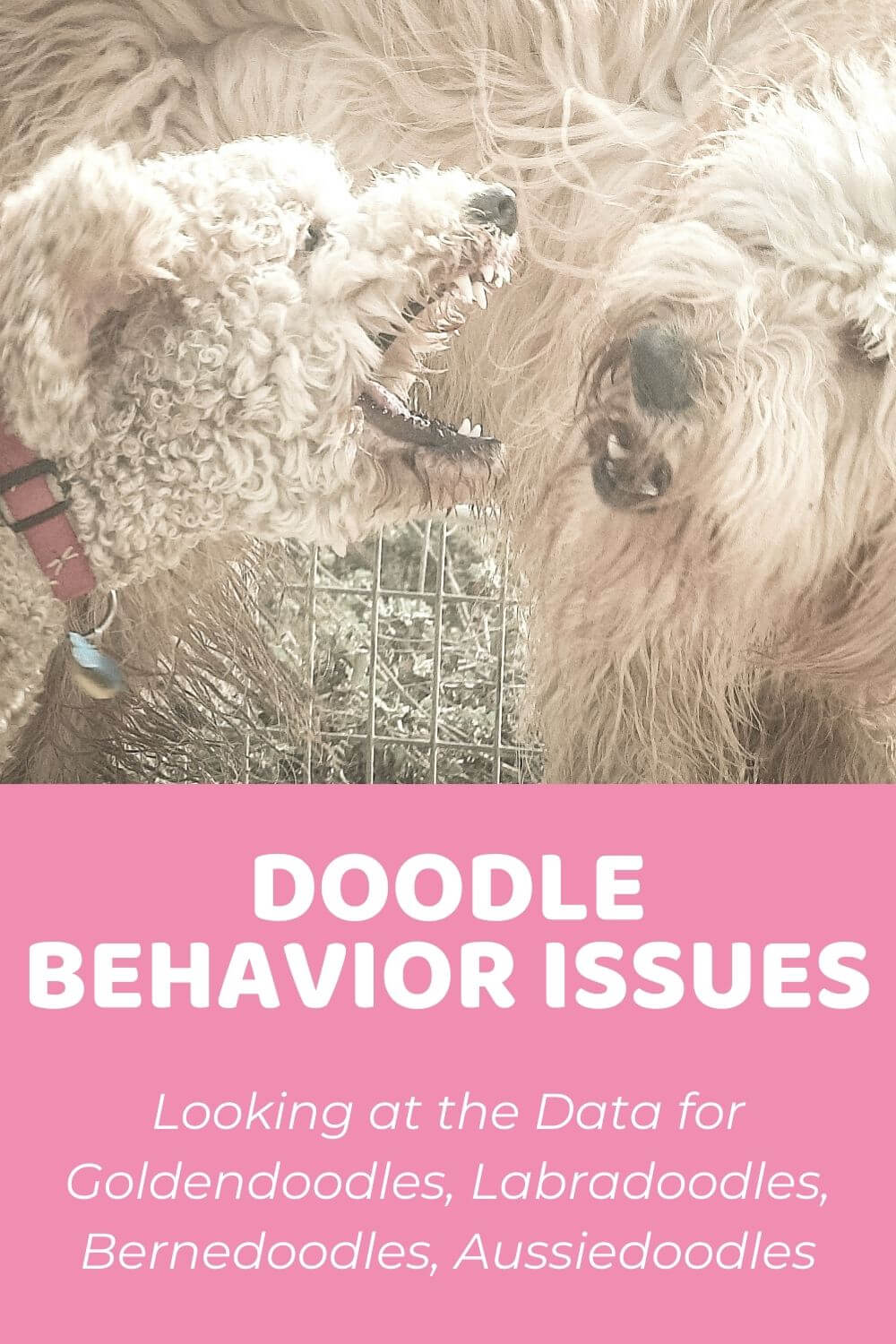
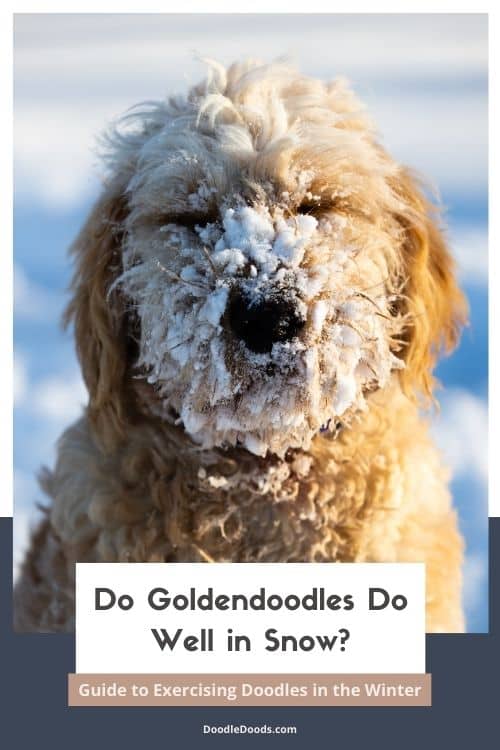
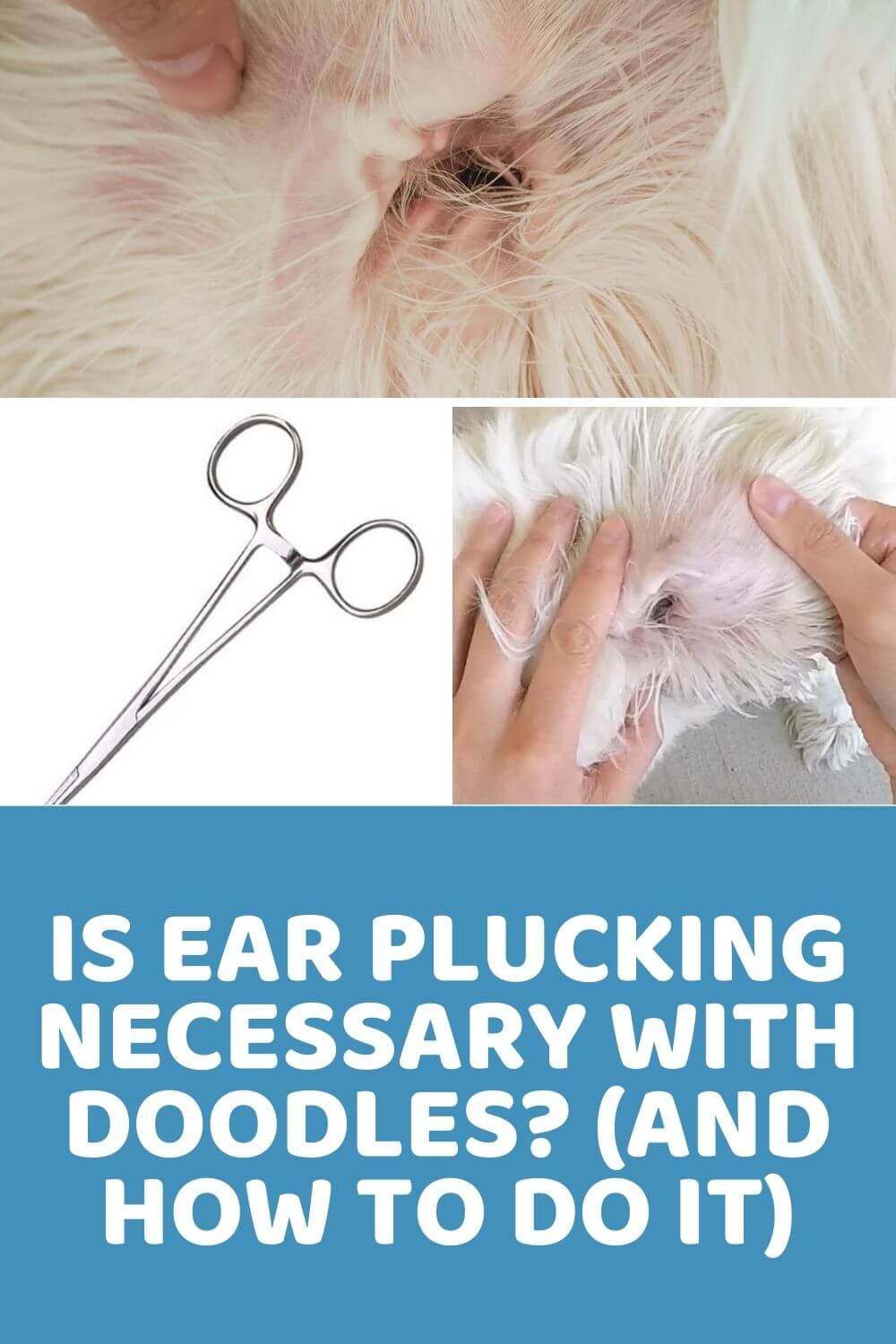

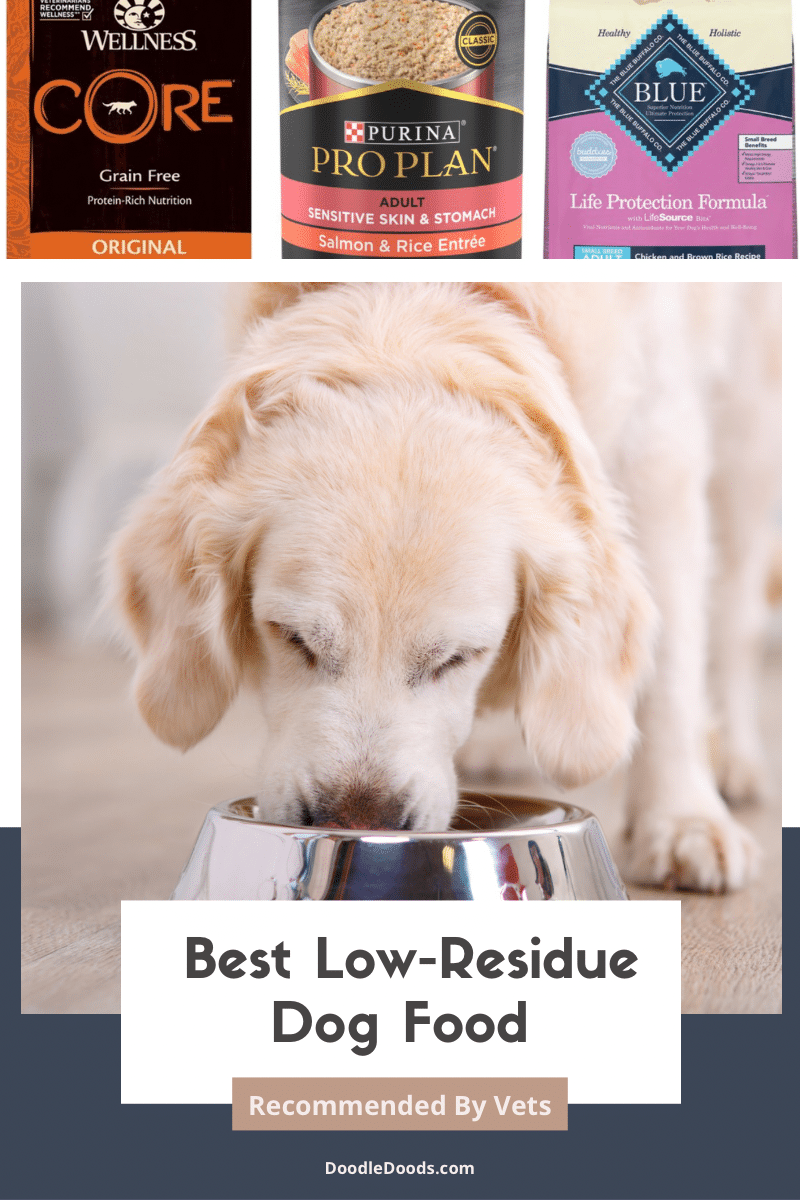

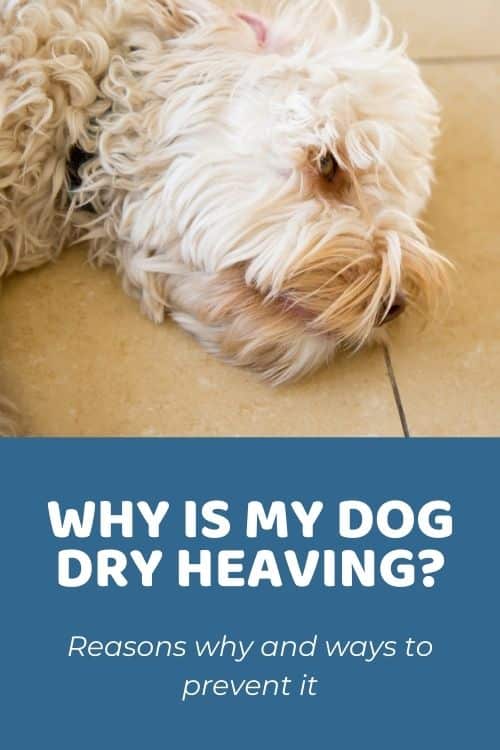
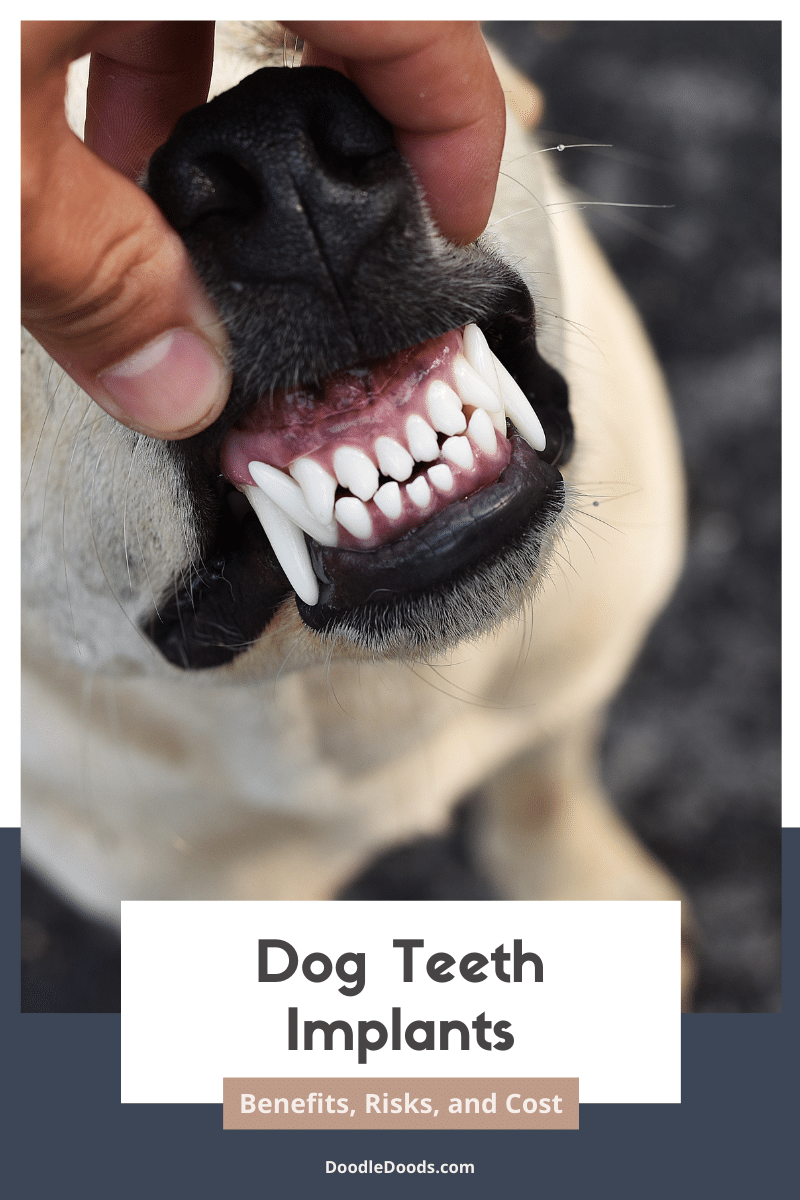
My golden doodle had a cyst that popped. The vet needed to shave the area to clean the wound. The fur that grew back is darker that the rest of his fur. Anyone else have this happen?
August 11, 2022 at 12:44 pm